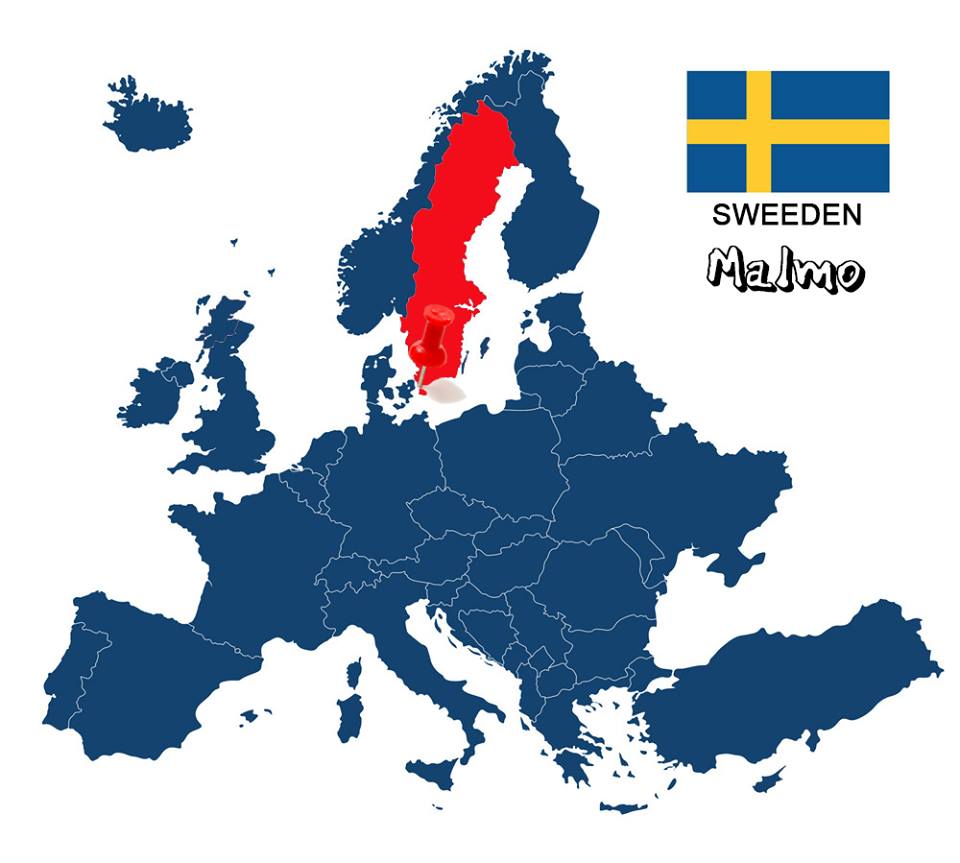
When I was in Copenhagen, I decided to go for a one-day excursion to neighboring Malmö. Certainty I can say that this particular excursion was the definition of "what matters is not the destination, but the journey". Just half an hour by train, on a magical route over the Oresund Bridge, I felt like walking on water, like running through the green forests and like flying into the cloudy sky. To be honest Malmo is not the most beautiful city I have seen in my life, but it is worth visiting just for the route.
A few words about the city
Malmö is the third largest city in Sweden and is located in the southernmost province of the country Skåne. The urban population reaches 300.515 inhabitants, while in the wider metropolitan area 658.704 inhabitants. This is one of the first and most industrialized municipalities in Scandinavia, but in recent decades it has been trying to adapt to the post-industrial era. The urban area is known for its extensive parks, countless green spaces and is regarded as a model of Sustainable Urban Development. Beyond the parks, however, in Malmö there are many historic buildings that deserve special attention, and it is also a popular place for shopping because of its many stores. In recent years, the city has been attempting to focus on education, the arts and culture, which is evidenced by the establishment of a University College (Malmö Hogskola), as well as the organization of related events. So I will try to introduce you to Malmö through my own eyes and share with you what I think a person who visits it for the first time should see.
Malmohus Castle
The castle of Malmö (Malmohus Castle) is perhaps the main attraction of the city and was for years one of the most important fortresses in all of Denmark! It is the oldest Renaissance region in Sweden and at the same time the largest museum in the southern part of the country. Also, it is very interesting that at this point the first coins of Denmark were minted in the Middle Ages. The original castle was founded in 1434 by King Eric of Pomerania, but was partially destroyed in the early 16th century and a new building was built in its place in 1530 by King Christian IV of Denmark. Externally it is particularly impressive, since it is built with stone and surrounded by water, while in its surroundings there is plenty of greenery with Kungsparken and Slottstradgarden, which I will refer below. Internally I would say that simplicity and austerity prevail, with the exhibits not so impressive, but they are of particular interest, since they testify to the way the royal family lived at that time. Admission costs 40 krona (about 4e). In conclusion, the castle also houses the Museum of the city of Malmö, the Museum of Natural History (Naturhistoriska Museum), the Museum of Art (Konstmuseet) and the Aquarium (Akvarium).
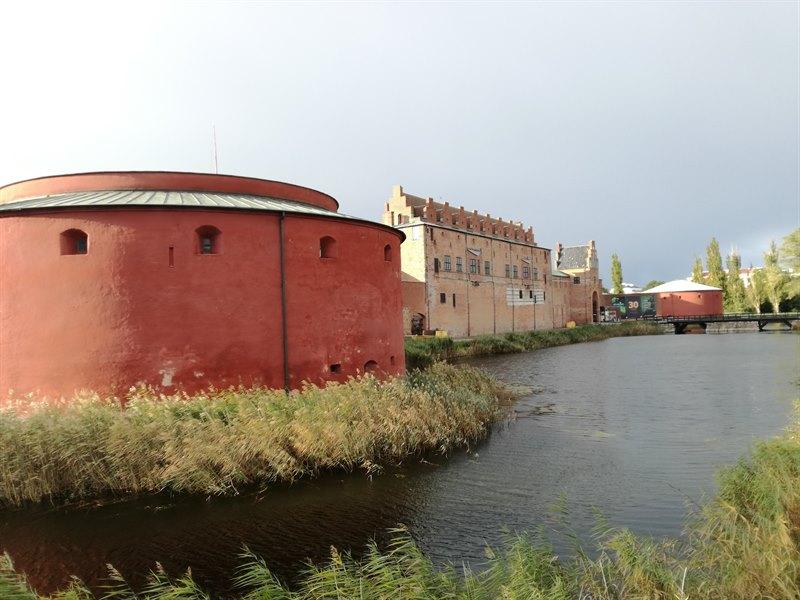
Kungsparken - Slottstradgarden
As the title of the article testifies, Malmö is a city full of parks and green oases and is a model of sustainable urban development. But of all the town's parks, two are the ones that stand out. The first is, of course, Kungsparken, the King's park. It is a vast area of 8.5 acres, created in 1872 by King Oscar II. Within the park there are several lakes, windmills, statues, greenhouses, fountains, with the top one in the center, built in 1882, while in one part of it, you will meet about 130 very old tree species from all continents of the world.
The second is the Slottstradgarden, the castle’s yard and is located just behind Malmohus Castle. It has an area of about 12,000 square meters and is operated by a private association with ecological authorities. It is divided into several thematic sections, such as the kitchen garden, the garden of fruit and vegetables, the garden of roses, the perennial garden, the Japanese garden, the greenhouse and is a special place of rest and relaxation in the middle of the big city. So you can simply admire nature and also learn about the cultivation of all these plants.
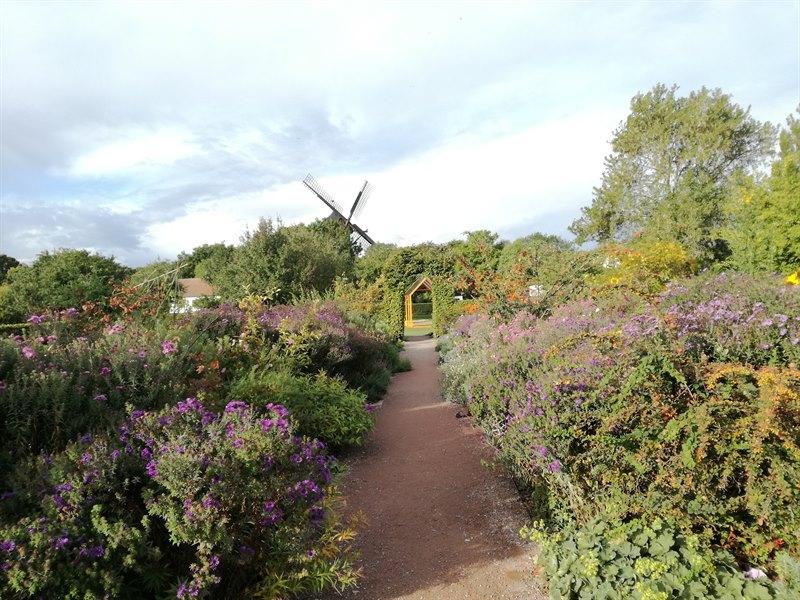
Some of the other parks of the city are Pildammsparken, which is the largest in Malmö, Folkets Park (the park of the people), which is the oldest, since it dates back to the early 19th century and the wonderful garden "Queen Silvia Rose Garden".
Lilla Torg-Stortorget
Of the squares of the city, those worth visiting are two, Lilla Torg (Small Square) and Stortorget (Large square).
The first is what its name implies, that is, a very small square, but this does not take away its beauty, just makes it more seductive. There you will find the typical colorful houses, which exist in every self-respecting Scandinavian city, but also many shops for food and coffee.
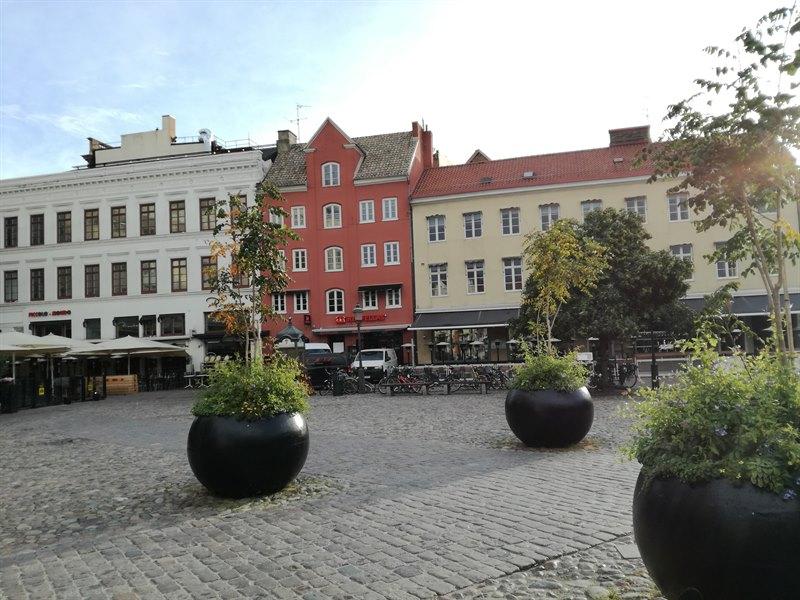
The second, in addition to the Grand Square, is also called the Town Hall Square, as it houses the ornate Malmö City Hall (Malmö Radhuset), built in 1546. In the center there is as well the imposing statue of the former Swedish king Karl X Gustav, as well as an impressive fountain. Finally, Stortorget is the focus of the music festival, which takes place every end of August and attracts thousands of people from all over the country and from neighboring Denmark.
Sankt Petri Kyrka
The Church of St. Peter (Sankt Petri Kyrka) is considered the "main" church of Malmö and is located in the center of the city. It dates back to the 14th century and is built in Gothic style, with red brick being its main feature. This church functioned as a spiritual center during the Middle Ages, and suffered great damage due to iconoclasm. In the interior of the church, you will admire some magnificent medieval frescoed mosaics of high quality, as well as an amount of unusual furniture. Its impressive bell tower is later, since it was built in 1611 and is one of the largest in the whole of Scandinavia (about fifteen meters). Admission is free, but photos inside are prohibited.
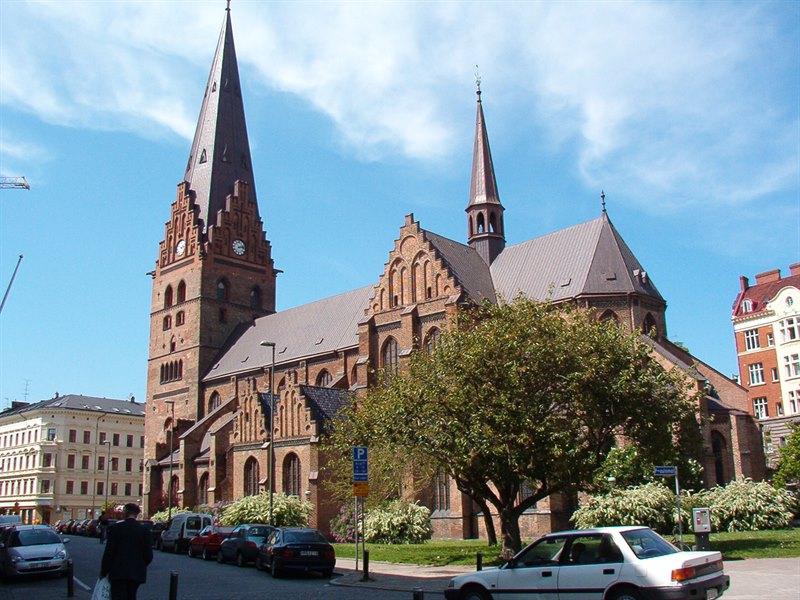
Turning Torso
Turning Torso is perhaps the most photographed attraction of Malmö, designed by the well-known architect Santiago Calatrava. This is the tallest building in Sweden, but also the whole of Scandinavia and what makes it particularly impressive is its 90 degree rotation. It has a height of 190 meters and 54 floors. Its construction began in the summer of 2001, and 4 years later, on August 27, 2005, it officially opened its gates. Unfortunately, your visit and photos will be enough only from the outside, as the building is private and so not everyone can explore it.
Davidshallsbron
Davidshalls is the region below the Old Town and is the most commercial part of Malmö, since it is where most shopping centers and shops are located. The two areas are separated by the southern suburban canal (Sodra Forstadskanalen) and the best way to cross it is the Davidshallsbron Bridge. This bridge is decorated with the prints and shoes of famous Swedish actors and local residents. So if you are in the shopping area, you can chill out or relax while enjoying the view of this watercourse and the elaborate carved works.
Malmö Stadsbibliotek
This particular library is different from what you have in mind as a library. It is housed in an 18th century castle, which has been completely renovated with modern architecture and the latest technology, resulting in a wonderful combination of the old with the new. This fantastic building offers tranquility, stunning views and a great collection of books, since it is the largest library building in the whole country. But the innovation of this library is called "borrow a living book", which essentially gives you the opportunity to learn a story or experience of a real person! Apart from the vast literature, it has 550,000 different media, of which 10,000 are DVDs and 33,500 music CDs.
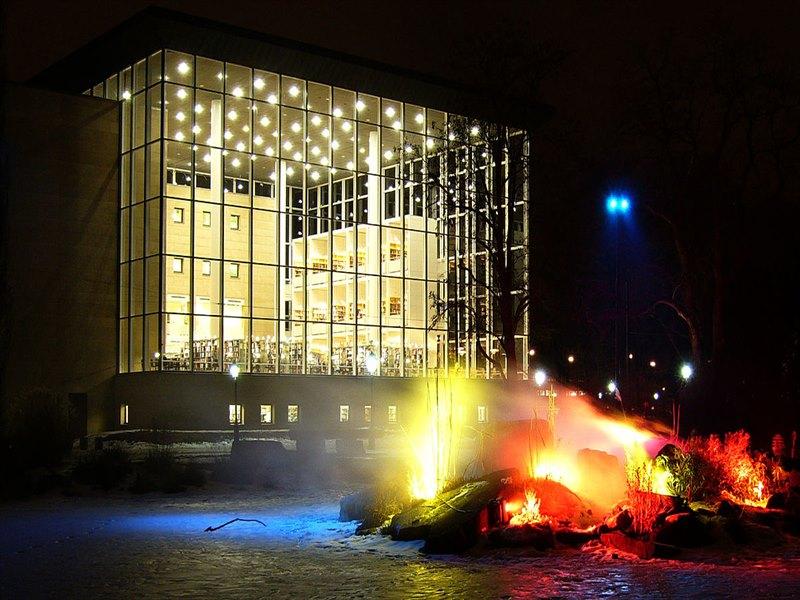
How to go
Unfortunately, there is no direct flight from Thessaloniki to Malmö and, therefore, if you want to go only by air to the city, you will have to make two intermediate stops. So the most appropriate solution is to travel by air to Copenhagen via Ryanair (about 99€ round trip) and from there take the train to Malmö, which costs around 20€ round trip. This way you will be able to see the beautiful Oresund Bridge, which connects Sweden with Denmark.
Where to stay
I think that staying in Malmö is the last thing to worry about, as although a Scandinavian city, the choices are many and the prices seem relatively normal. So my suggestion is the Best Western Hotel Royal. A four star hotel, located in the heart of the city, very close to Lila Torg, and offers good value for money.
How to move
Although the main attractions and interest of Malmö are concentrated in its historical center, which can be reached on foot, in the city, there is an excellent public transport system. Skanetrafiken is responsible for public transport in Malmö, as in all of Scandinavia. The green buses (stadsbuss) have all the routes within the city, while the yellow buses are regional to other cities in Scandinavia. Interestingly, on all buses there is written the phrase "welcome" in about 140 languages, due to the multiculturalism of the city. In Greek it is spelled wrong! There is also a tram line that connects the museums of the city with each other and passes outside the historic Malmohus Castle. Finally, you can use a train or taxi depending on how far you want to get.
What to eat
At first you should know that the Swedes are very similar to the Greeks, as they also consider the moment of coffee "sacred" and call it fika. Fika is a part of Sweden's culture. It means meeting with friends for coffee and dessert, where locals make an appointment at one of the hundreds of cafes to catch up and tell their news. In terms of food you should know that Malmö is one of the most multicultural cities in Europe, which means that there are dozens of cuisines you can try. Apart from the national dish of the country which is meatballs, I would suggest toy to choose either Turkish cuisine, with doner or Asian flavors such as Chinese and Iraqi cuisine.
Useful information

In Malmö we travel with a passport or a new type of Police ID, where the details are indicated in Latin characters.
In Malmö the language used is, of course, Swedish. But the majority, even older people, speak English, so ask for clarification in English.
The currency of the country is the Swedish Krona (SEK), and its exchange rate at the moment is 1€ = 10.30 kroons.
Malmö is an hour behind Greece (GMT +2).
The Greek unpaid Consulate General in Malmö is located at 6 Hojdrodergatan Street and its phone is 0046 (0)40 975024.
If you have time, do not miss a day trip to neighboring Copenhagen, Denmark. Taking a train you will pass over the beautiful and impressive Oresund Bridge, which connects the two countries and in less than an hour you will be there.
Malmö, like the rest of southern Sweden, has an oceanic climate. Despite its northern location, the climate is relatively mild compared to other spots in similar latitudes. However, the most ideal period of Visit is the summer and more specifically the end of August, so you can also succeed the music festival that is organized in the city.
Recommended excursions → Copenhagen, Gothenburg
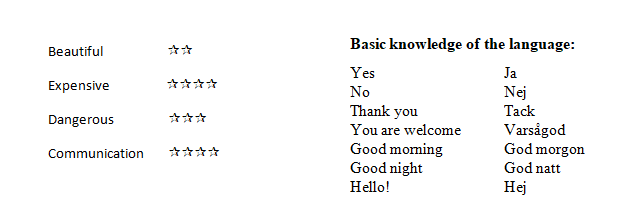
If this article seemed interesting or contributed to your quality information, then you can like my facebook page: o_thessalonikios or follow me on instagram!
Mouzakidis Pantelis









